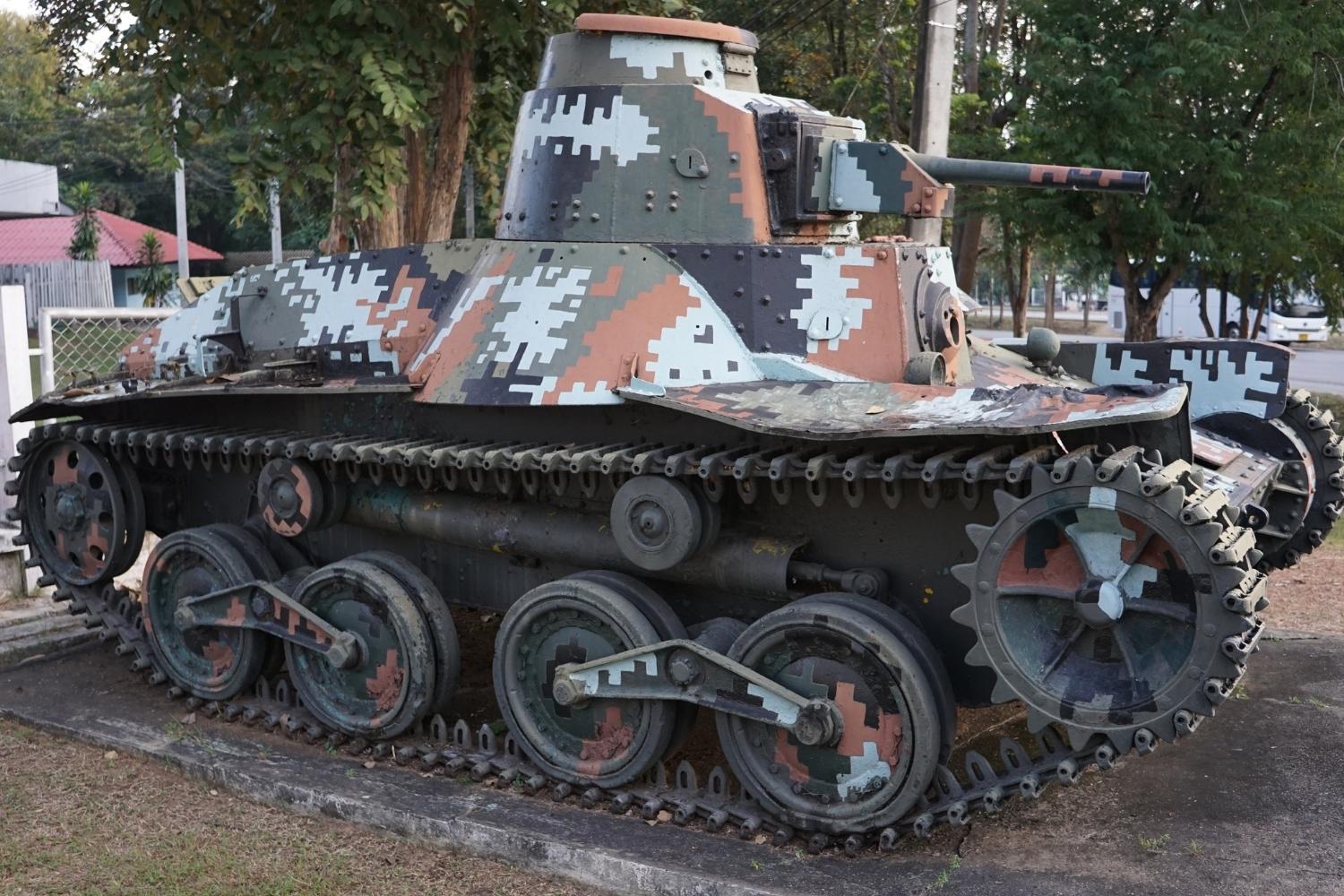
The Type 95 is a fascinating piece of military history. Developed by Japan in the 1930s, this light tank played a significant role during World War II. But what makes this tank so special? Its design was ahead of its time, featuring a unique combination of speed, armor, and firepower. Did you know that it was one of the most widely produced Japanese tanks of the era? With its 37mm gun and 6.5mm machine gun, it was a formidable opponent on the battlefield. Want to learn more about its specifications, history, and impact? Keep reading to uncover 30 intriguing facts about the Type 95.
What is the Type 95?
The Type 95 is a family of Chinese-made automatic rifles. These weapons are known for their unique bullpup design, where the magazine is located behind the trigger. This design makes the rifle more compact without sacrificing barrel length.
- The Type 95 was first introduced in 1995 by the People's Liberation Army (PLA).
- It uses a bullpup configuration, which means the action and magazine are located behind the trigger.
- The rifle is chambered for the 5.8×42mm DBP87 round, a unique Chinese cartridge.
- The Type 95 is also known as the QBZ-95, where "QBZ" stands for "light weapon, rifle, automatic."
Design and Features
The Type 95 has several unique design features that set it apart from other rifles. Its bullpup configuration and polymer construction make it lightweight and easy to handle.
- The rifle's bullpup design allows for a longer barrel in a shorter overall length.
- It has a polymer body, making it lighter than traditional metal rifles.
- The Type 95 features a carrying handle with integrated iron sights.
- It has a selective fire system, allowing for semi-automatic, three-round burst, and fully automatic modes.
- The rifle's magazine holds 30 rounds of 5.8×42mm ammunition.
- It has a built-in bipod for increased stability during firing.
Variants of the Type 95
Over the years, several variants of the Type 95 have been developed to meet different operational needs. These variants include carbines, light machine guns, and export models.
- The Type 95B is a carbine version with a shorter barrel for close-quarters combat.
- The Type 95 LMG is a light machine gun variant with a heavier barrel and bipod.
- The Type 97 is an export version chambered for the 5.56×45mm NATO round.
- The Type 97B is a carbine version of the Type 97, also chambered for 5.56×45mm NATO.
- The Type 95-1 is an improved version with ergonomic enhancements and better reliability.
Operational Use
The Type 95 has seen extensive use in various military and law enforcement operations. Its versatility and reliability make it a popular choice among Chinese armed forces.
- The rifle is standard issue for the People's Liberation Army (PLA).
- It is also used by the People's Armed Police (PAP) for internal security.
- The Type 95 has been deployed in peacekeeping missions by Chinese forces.
- It has seen action in various counter-terrorism operations.
- The rifle is used by Chinese special forces units for its compact size and firepower.
International Presence
While primarily used by Chinese forces, the Type 95 has also made its way into the hands of other countries and organizations.
- The Type 97 variant has been exported to several countries, including Cambodia and Myanmar.
- It has been used by various paramilitary and police forces around the world.
- The rifle has been featured in numerous international arms exhibitions.
- Some countries have conducted trials with the Type 95 for potential adoption.
Technical Specifications
Understanding the technical specifications of the Type 95 provides insight into its performance and capabilities.
- The rifle has an overall length of 745 mm (29.3 inches).
- It weighs approximately 3.25 kg (7.17 lbs) without a magazine.
- The barrel length is 463 mm (18.2 inches).
- The muzzle velocity of the 5.8×42mm round is approximately 930 m/s (3,051 ft/s).
- The effective range of the rifle is around 400 meters (1,312 feet).
- The rate of fire is about 650 rounds per minute in fully automatic mode.
Final Glimpse at Type 95
The Type 95 is a fascinating piece of military history. Its unique design, lightweight build, and versatility made it a standout during its time. Despite its shortcomings, like the lack of armor and limited firepower, it served its purpose well in various conflicts. The tank's role in the Second Sino-Japanese War and World War II showcases its importance in Japan's military strategy. Understanding the Type 95 gives us a glimpse into the technological advancements and challenges of that era. Whether you're a history buff or just curious about military vehicles, the Type 95 offers a wealth of interesting facts. Its legacy continues to be studied and appreciated by enthusiasts worldwide. So next time you see a mention of the Type 95, you'll know just how significant this little tank was in shaping history.
Was this page helpful?
Our commitment to delivering trustworthy and engaging content is at the heart of what we do. Each fact on our site is contributed by real users like you, bringing a wealth of diverse insights and information. To ensure the highest standards of accuracy and reliability, our dedicated editors meticulously review each submission. This process guarantees that the facts we share are not only fascinating but also credible. Trust in our commitment to quality and authenticity as you explore and learn with us.
